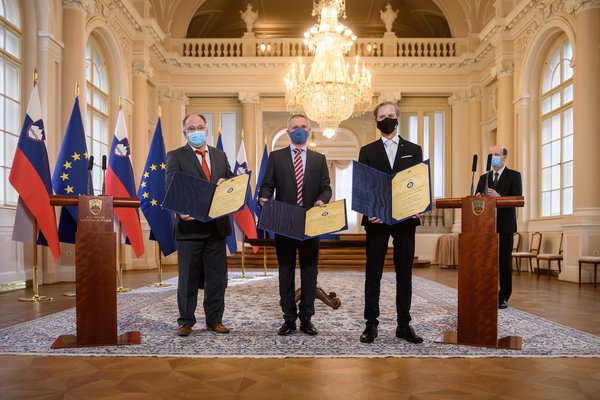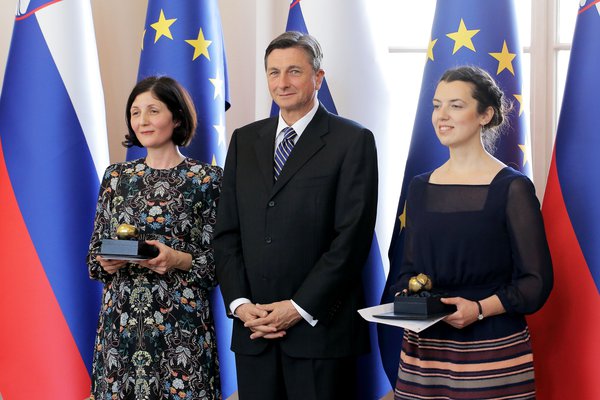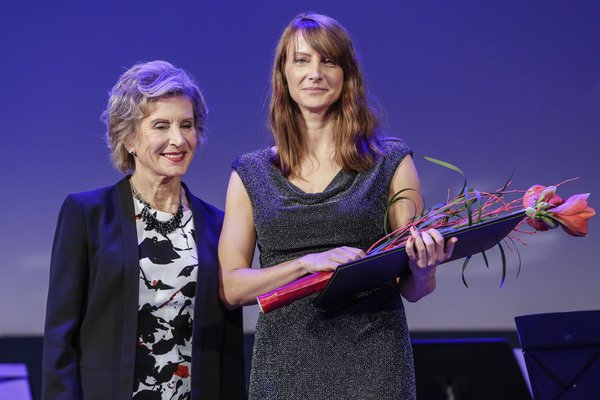Research
Professors and assistants at the School of Science of the University of Nova Gorica are active researchers. They have been awarded several prizes including 6 Zois and Puh awards (highest scientific recognition in Slovenia), 5 Primorski um awards and the Order of Merit and Apple of Inspiration by the President of the Republic of Slovenia. Their research work has been published in the world’s leading scientific journals, including prestigious journals such as Nature, Science and Physical Review Letters. Many of the research activities take place within international collaborations.
Research activities at the School of Science
Centers and laboratories of the University of Nova Gorica, Ajdovščina
- Center for Astrophysics and Cosmology
- Center for Atmospheric Research
- Laboratory for Organic Matter Physics
- Materials Research Laboratory
- Laboratory for Quantum Optics
Laboratories and centers of the National Institute of Chemistry, Ljubljana
Laboratories and centers of the Jožef Stefan Institute, Ljubljana
Research areas
The research can be divided into three main areas: astrophysics, solid state physics and materials science.
Astrophysics
Research in astrophysics covers phenomena in the extreme fields of science, on the smallest scales (quarks) and to the largest (the universe). Therefore, it contributes to the understanding of nature at the most fundamental level. At the Center for Astrophysics and Cosmology, the processes at the highest energies in the universe, such as ultra-high energy cosmic rays, which are millions of times more energetic than particles from human-made accelerator, are explored. Search for dark matter, the substance that accounts for more than 85% of all matter in the Universe, which today remains a mystery, it is also an active topic at the Centre. Many theories predict that dark matter is made up from yet – undiscovered fundamental particles. Above-mentioned research is pursued through partnership in large international scientific collaborations, such as Pierre Auger Observatory, Cherenkov Telescope Array, Fermi-LAT and Belle2.
Furthermore, researchers at the Centre are studying astrophysical transient sources, which include gamma ray bursts, tidal disruption events and supernovae. Many of these research activities are conducted within international collaborations such as Gaia satellite and the upcoming Vera C. Rubin Observatory, which will provide the largest sky survey so far, observing 20 billion stars and detecting numerous transient events.
Solid State Physics
Research in solid state physics covers the characterisation and study of phenomena on the entire energy spectrum and scale in nature, from atoms, molecules and atom clusters to crystals and polycrystalline nano-structured materials. It is primarily conducted within Laboratory of Quantum Optics, Laboratory of Organic Matter Physics and Materials Research Laboratory at the University of Nova Gorica, based on the use of in-the-house state-of-the-art research equipment. Key topics in solid state physics include studies of transport properties of organic thin layers, morphological and electrical properties of surfaces on molecular scale, and properties of substances on atomic level. The last topic is being studied using the CITIUS femtosecond light source at UNG and the Elettra light source in Trieste.
Materials Science
Research in materials science covers a wide range of experimental and theoretical studies in the synthesis, properties, structure and performance of different material types, including biomaterials, carbon and polymeric materials and their functionalities (such as catalysts, batteries, (semi)conductors and magnetic materials). Research is primarily conducted in Materials Research Laboratory at the University of Nova Gorica, in Materials synthesis department at the Jožef Stefan Institute in Ljubljana and in the departments of Inorganic Chemistry and Technology, Materials Chemistry, Biomolecular Structure and Slovenian NMR Centre at the National Institute of Chemistry in Ljubljana. Research activities are based on the use of state-of-the-art research facilities, including transmission electron microscope with the atomic resolution (AR STEM), different liquid and solid-state NMR spectrometers and high-resolution X-ray diffractometers, as well as on numerous international co-operations of involved researchers. The main areas of research that are globally renowned in the scientific and research community are materials for energy and environmental applications.



